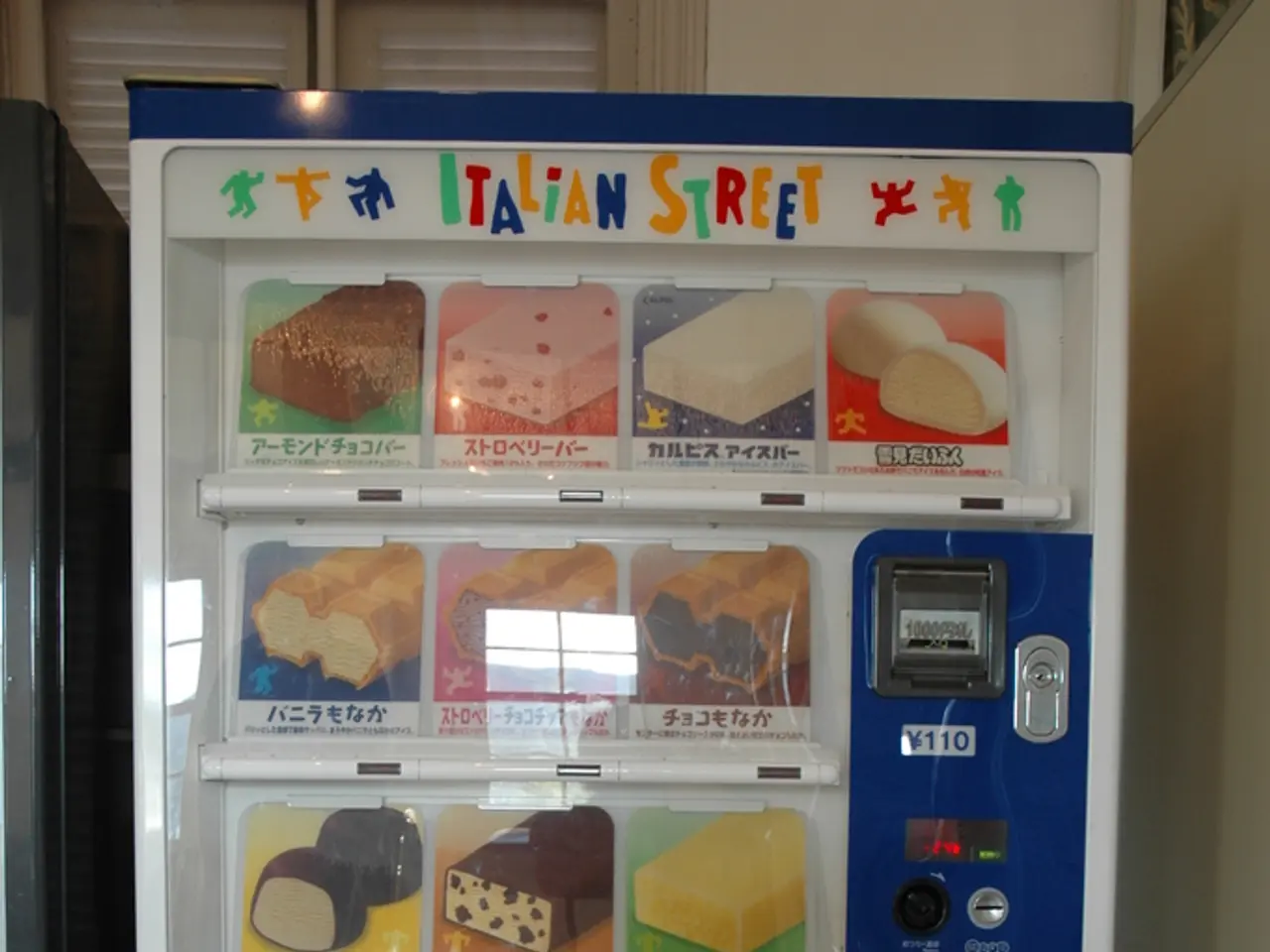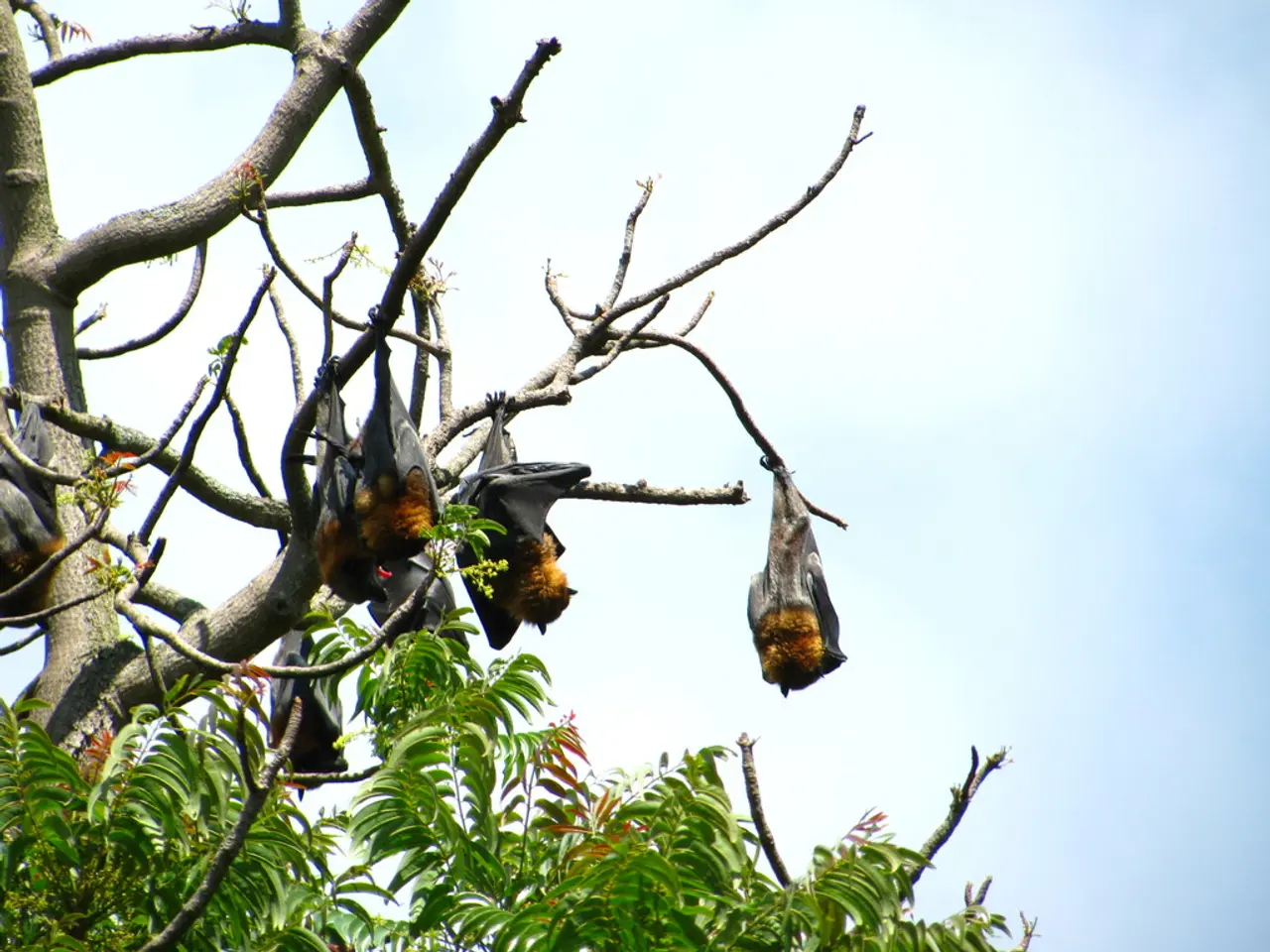Researchers Working on Developing Homes from Mushrooms
In the realm of innovative construction materials, researchers are exploring the potential of mycelium, a fungal network, as a viable alternative to traditional materials like lumber, concrete, and steel. Two key figures in this field are Gavin McIntyre of Ecovative Design and Phil Ross of MycoWorks, who are developing mycelium-based building materials that could significantly reduce carbon footprints and potentially create carbon-negative buildings.
Mycelium, the vegetative part of a fungus, has shown remarkable promise in the construction industry. Mycelium arches have been created that can support substantial weight, and mycelium-based structures have been built for art projects and exhibitions. This burgeoning interest in mycelium is due to its potential to reduce environmental impact and offer unique properties compared to traditional materials.
## Environmental Impact
One of the most appealing aspects of mycelium-based materials is their sustainability. They can be grown using organic waste, reducing the need for raw materials and minimizing landfill waste. This process also lowers energy consumption and greenhouse gas emissions compared to the production of traditional materials like concrete and steel.
Mycelium decomposes without toxic residues, making it a biodegradable alternative to non-biodegradable synthetic materials. The use of mycelium can significantly reduce the carbon footprint of construction projects, contributing to a more environmentally friendly industry.
## Properties
Mycelium-based materials offer excellent thermal insulation properties, making them beneficial for energy-efficient buildings. They have been shown to possess good fire resistance, which is crucial for building safety. When combined with appropriate scaffolds, mycelium can achieve mechanical strength comparable to some traditional materials, making it a viable alternative for certain applications.
## Challenges for Scalability
Despite its potential, the scalability of mycelium-based materials is hindered by production challenges and the need for further infrastructure development. Mycelium requires specific conditions for growth, including controlled temperature and humidity, which can be challenging to maintain on a large scale.
Currently, the cost of mycelium-based materials can be higher than traditional materials due to the specialized equipment and processes needed for their production. Developing the necessary infrastructure to support large-scale production is crucial. There is also a need for standardized testing and regulation of mycelium-based materials to ensure consistency and reliability across different applications and regions.
Weatherproofing is necessary for exterior applications of mycelium, with researchers working on natural oils and waxes for complete weather protection without synthetic chemicals.
## The Future of Mycelium-Based Construction
Significant obstacles remain before mushroom houses become mainstream, including psychological and regulatory challenges related to building codes, insurance policies, and financing models. However, within 5 years, mycelium-based insulation, acoustic panels, and interior finishes will likely be commercially available and code-approved in many jurisdictions.
Within 10 years, structural components like floor panels, wall systems, and roof elements made partially from mycelium composites will enter the market. Within 20 years, complete structural systems using engineered mycelium could be approved for residential construction in progressive regions.
Scaling up production to meet the demands of the housing industry would require massive investment in infrastructure. Local growing operations utilizing regional agricultural waste streams could reduce transportation emissions and create local jobs.
The environmental benefits of mycelium-based construction include 90% less energy used compared to conventional materials, near-zero waste in production, complete biodegradability at end of life, and superior insulation properties that reduce heating and cooling needs. Mycelium bricks have been developed that are stronger than concrete pound-for-pound but require a fraction of the energy to produce.
Health Benefits of mycelium-based materials include being VOC-free and potentially being engineered to filter air contaminants. The Living Cocoon, a small inhabitable structure made entirely from mycelium, has been built in the Netherlands as a proof of concept and research platform.
Several companies and research institutions are currently pushing the boundaries of mycelium-based construction, including Ecovative Design, The Living, RMIT University, and Officina Corpuscoli. The future of mycelium-based construction is promising, offering a sustainable and innovative solution to traditional construction materials.
- The integration of mycelium-based materials in lifestyle and home-and-garden sectors could see the introduction of environmentally friendly insulation, acoustic panels, and interior finishes within the next 5 years.
- With advancements in technology, mycelium-based structural components such as floor panels, wall systems, and roof elements are anticipated to enter the market within the next decade.
- In the realm of science and technology, research institutions and companies like Ecovative Design, The Living, RMIT University, and Officina Corpuscoli are using environmental-science principles to develop mycelium-based materials that offer notable reductions in energy consumption, greenhouse gas emissions, and carbon footprints.




![Video Explanation: An Overview of Explainer Videos [Including Examples and Definition]](/en/content/images/size/w1280/format/webp/20250721153209_explainer-video-examples-meaning.jpeg)